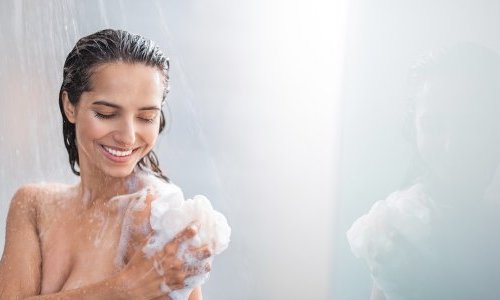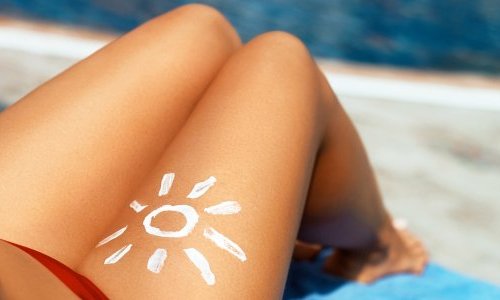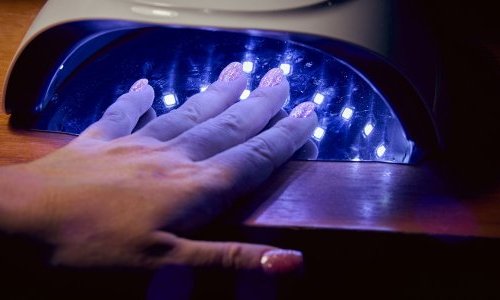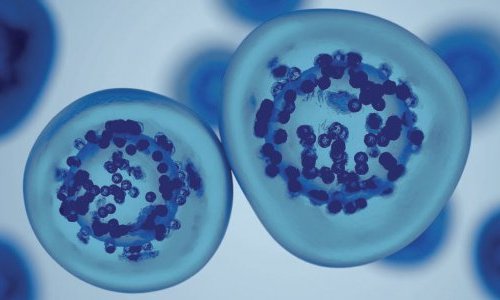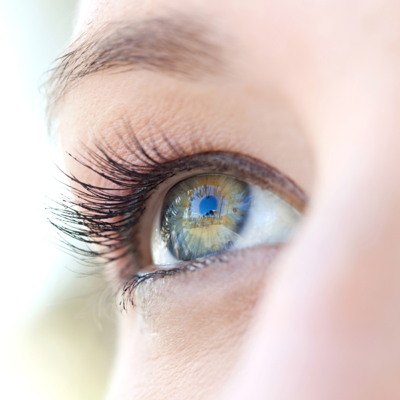
Could eye bags be eliminated with a new polymer? © MJTH / shutterstock.com
While the silicone based product is a long way from being on store shelves, researchers at the Massachusetts Institute of Technology (MIT) said it could one day offer more than just cosmetic lifts, but also protect sensitive skin from the ravages of eczema and dermatitis.
"It’s an invisible layer that can provide a barrier, provide cosmetic improvement, and potentially deliver a drug locally to the area that’s being treated," said researcher Daniel Anderson, an associate professor in MIT’s Department of Chemical Engineering. "Those three things together could really make it ideal for use in humans."
Scientists have been working on a polymer like this - one that could mimic the properties of natural skin - for about five years, according to the report in last week’s edition of the journal Nature Materials [1].
The silicone-based polymer can be applied in a thin layer on the skin during a two-step process. "First, polysiloxane components are applied to the skin, followed by a platinum catalyst that induces the polymer to form a strong cross-linked film that remains on the skin for up to 24 hours," said the study. "Both layers are applied as creams or ointments, and once spread onto the skin, XPL becomes essentially invisible."
Tests on human subjects showed it could reshape saggy skin under the eyes for about 24 hours, and made skin more hydrated. Future uses could include using the "second skin" for protection against the sun and ultraviolet rays, researchers said. Researchers say the new product, called a cross-linked polymer layer or XPL, works better than the currently available options for wound dressing - silicone gel sheets and polyurethane films.
“Creating a material that behaves like skin is very difficult," said study co-author Barbara Gilchrest, a dermatologist at Massachusetts General Hospital. "Many people have tried to do this, and the materials that have been available up until this have not had the properties of being flexible, comfortable, non-irritating, and able to conform to the movement of the skin and return to its original shape."
Scientists have created a catalogue of a hundred polymers before testing multiple combinations and find the best way to recreate the look, strength and elasticity of a healthy skin.
Besides its cosmetic applications, the XPL platform may offer advanced solutions to compromised skin barrier function, pharmaceutical delivery and wound dressings. The research team included MIT, Massachusetts General Hospital and researchers from two companies, known as Living Proof and Olivo Labs. The latter aims to develop the technology and market it probably with a first focus on its therapeutic properties.


